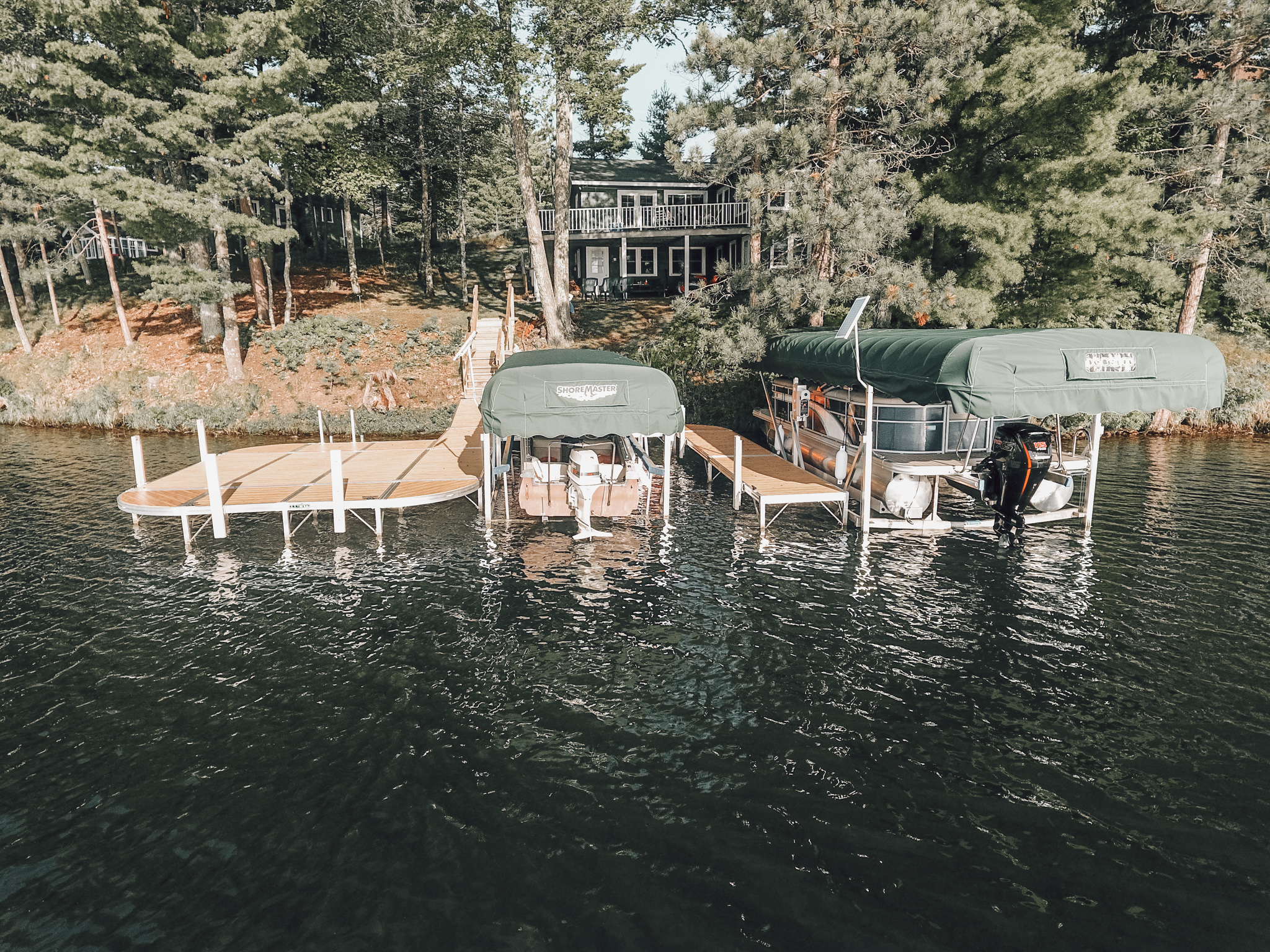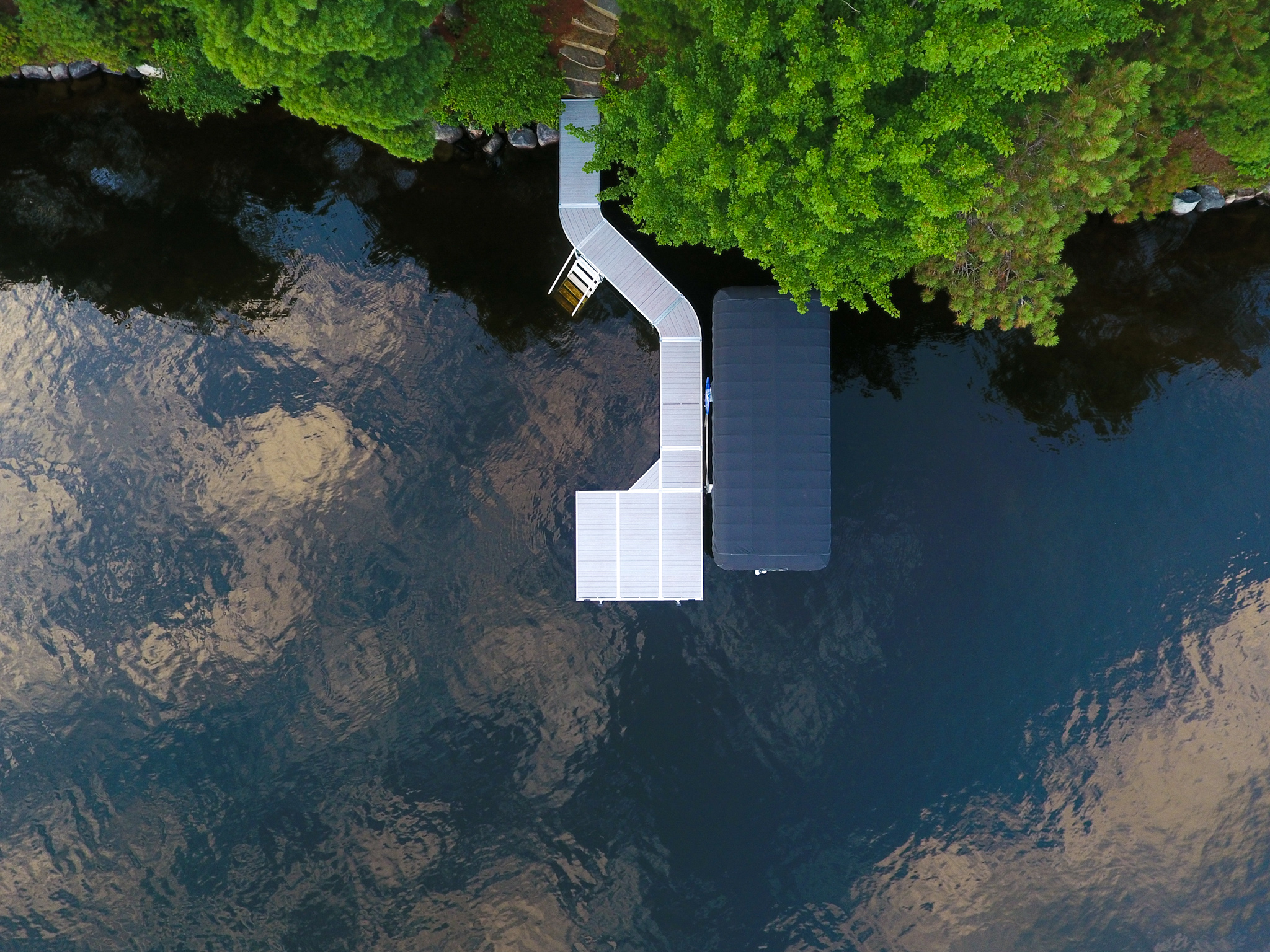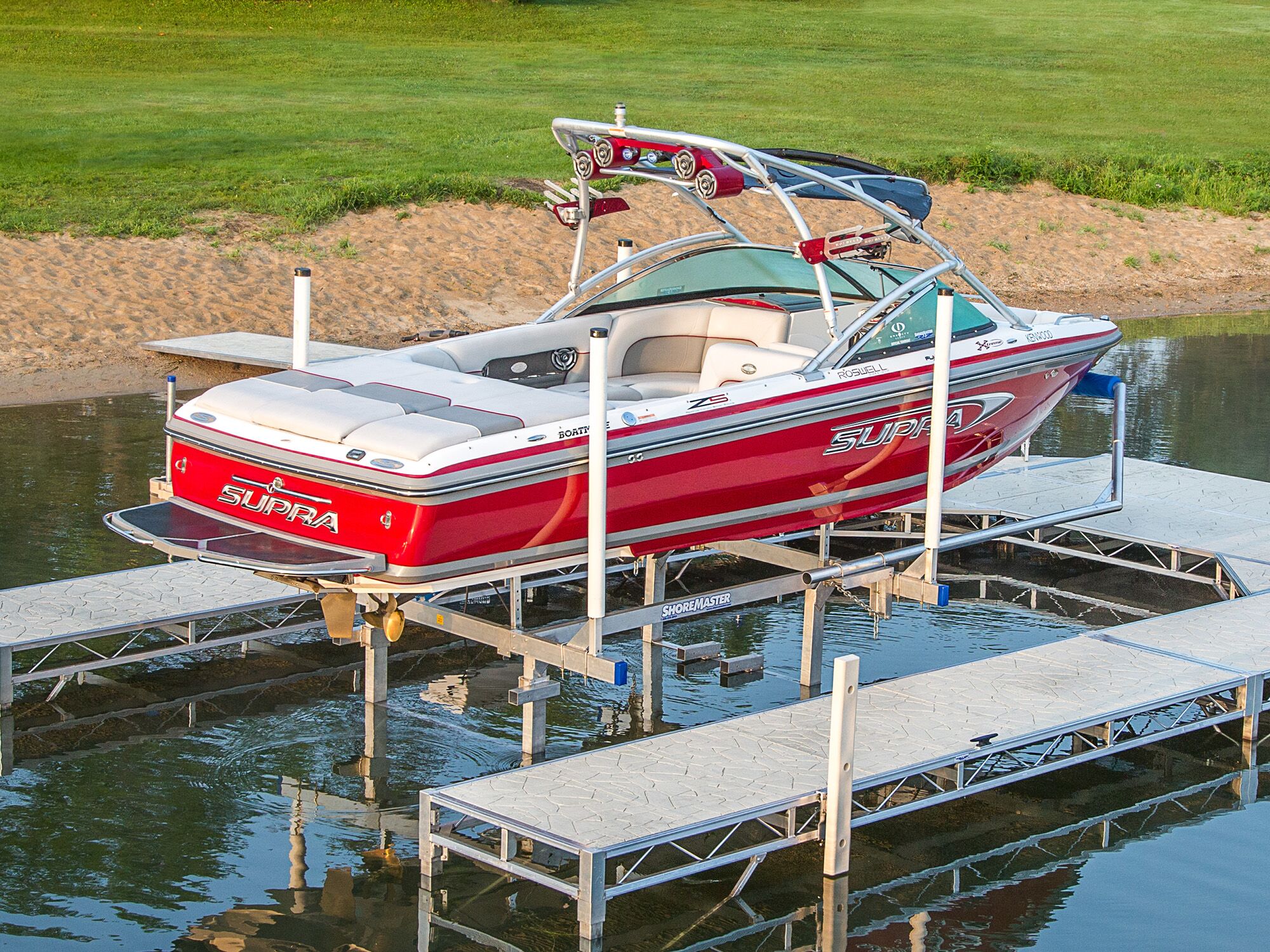February 2, 2023
How to make your boat lift life last
Written by ShoreMaster Marketing
All boat lifts are designed to work under specific conditions, and manufacturer instructions assume optimal working conditions. Above all other maintenance tips, stay within limits specified in the manufacturer’s guide for all boat lift functionality, and make sure that you know your boat and boat lift well before you use either.
Your boat lift is as much of an investment as your boat is, and maybe even more, because of its important job on the water. Boat lifts are intended to last about as long as your boat does, if not longer. With proper use and regular preventative maintenance, your boat lift could last up to 25 years with few problems. Keep these boat lift maintenance tips in mind to keep small problems from getting bigger.

Stick to the Weight Capacity
Your boat lift has a specific weight that it can carry and won’t haul a pound more without strain and potential damage. Overloading it can cause it to break down and shorten the life of your boat lift. Stay within the weight capacity, not just for the dry weight of your boat but for everything from fuel to food you’re bringing on board. Don’t board your boat while it’s being raised or lowered. Also, keep your boat’s plug open, so water can’t collect and weigh the boat lift down even more.
Check for Rust
Even if your boat lift is made of aluminum or another durable metal, some of the hardware is susceptible to rust under certain conditions. You can ground off smaller rust spots to help minimize the damage—frequent inspections and catching rust early can keep the rust from spreading. Significant rusting on cables or other components requires replacement because rusty components won’t be able to fully support your boat.
Care for Your Cables
Boat lift cables are typically made of steel and must be oiled regularly to prevent rust. Use penetrating oil or cable fluid for this, but not grease, so that moisture doesn’t get trapped in the cable strands. And speaking of water, it’s best to avoid leaving lift cables in water for long periods: keep your lift raised out of the water when it’s not in use to prevent it from wearing out. At the same time, you should wash the cables with fresh water after each use, especially if you’re boating in saltwater, to extend the lifespan of your cables. Check for rust spots, fraying, and other signs of damage to know when it’s time to replace your cables.
Inspect the Bunks
Boat lift bunks can suffer from worn carpet, tears, and broken, cracked, or rotted wood. The brackets themselves can also suffer from cracks and other wear and tear. It might be necessary to adjust the bunk bracket position or replace the bunk completely.
Proper Off-Season Storage
Seasonal boaters need to be aware of how to store your boat lift and plan to take extra care when the weather gets colder. Before taking your boat lift system out of the water, cover it enough to keep more water from getting in but not so much that any water already in the system can’t get out. Store it with the cradle or platform up and remove the battery if applicable.
Do Your Research
Even if you’re not a professional, you should be doing your homework and know what signs of boat lift damage to look for. There’s no shame in asking for help when it comes to boat lift maintenance, especially if that help will save you money and stress in the long run. ShoreMaster’s customer support team is here to help boat lift owners with installation and maintenance questions. Our dealer network will know our products and your waterfront best: get in touch with a local ShoreMaster dealer for a nearby expert.



